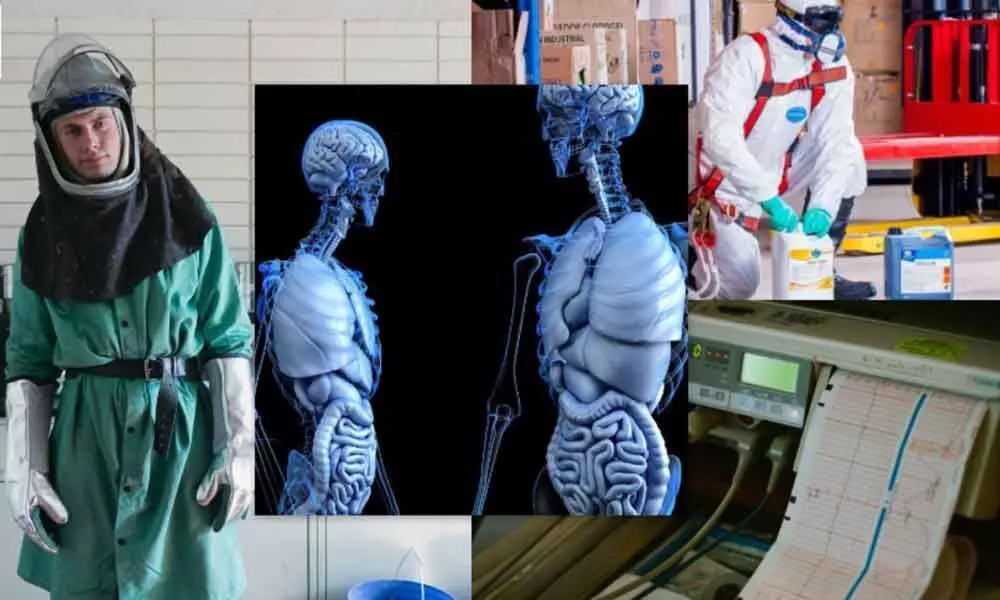Scientists have reported the first ever case of a medical risk in space

Researchers from the Louisiana State University (LSU) in the US assessed eleven astronauts involved in the vascular study during a long-duration mission
Washington: Scientists have reported the first ever case of a medical risk in space -- a blood clot formation in the internal jugular vein of an astronaut onboard the International Space Station (ISS).
The study, published in the New England Journal of Medicine, measured the structure and function of the internal jugular vein in long-duration spaceflight where astronauts are exposed to sustained headward blood and tissue fluid shifts. The jugular veins take deoxygenated blood from the head back to the heart.
Researchers from Louisiana State University (LSU) in the US assessed eleven astronauts involved in the vascular study during a long-duration mission. The study sought to close gaps in knowledge about circulatory physiology that will not only benefit patients on Earth, but could be critical for the health of astronauts during future space exploration missions to the moon and Mars.
Ultrasound examinations of the astronauts' internal jugular veins were performed at scheduled times of the mission. Results of the ultrasound performed about two months into the mission revealed a suspected obstructive left internal jugular venous thrombosis (blood clot) in one astronaut. Even as the astronaut was in space, he was guided in real time, and interpreted by two independent radiologists from the Earth to conduct an ultrasound, which confirmed the suspicion.
Since NASA had not encountered this condition in space before, multiple specialty discussions weighed the unknown risks of the clot travelling and blocking a vessel against anticoagulation therapy in microgravity. The space station pharmacy had 20 vials containing 300 milligramme of injectable enoxaparin -- a blood thinner -- but no anticoagulation-reversal drug. The injections posed their own challenges -- syringes are a limited commodity, and drawing liquids from vials is a significant challenge because of surface-tension effects. The astronaut began treatment with the enoxaparin, initially at a higher dose that was reduced after 33 days to make it last until an oral anticoagulant -- apixaban -- could arrive via a supply spacecraft.
According to the study, spontaneous blood flow was still absent after 90 days of anticoagulation treatment. However, the size of the clot progressively shrank and blood flow through the affected internal jugular segment could be induced at day 47. The astronaut took apixaban until four days before the return to the Earth.
On landing, ultrasound scans showed that the remaining clot had flattened into the walls of the blood vessels with no need for further anticoagulation treatment. This flatenned clot was present for 24 hours after landing, and disappeared after 10 days. The astronaut exhibited no symptoms six months after returning to the Earth.
"The biggest question that remains is how would we deal with this on an exploration class mission to Mars? How would we prepare ourselves medically?" said study co-author Serena Aunon-Chancellor from LSU. More studies are need to further elucidate clot formation during space travel and determine possible countermeasures, the researchers said.




















